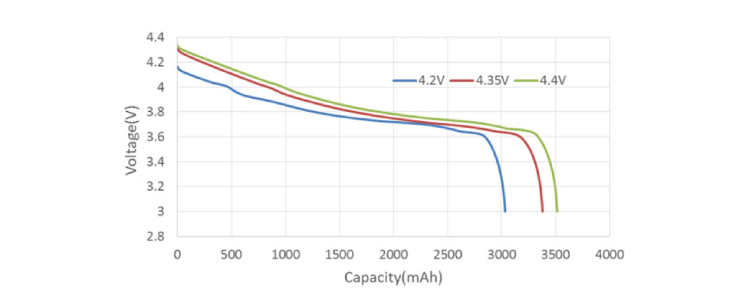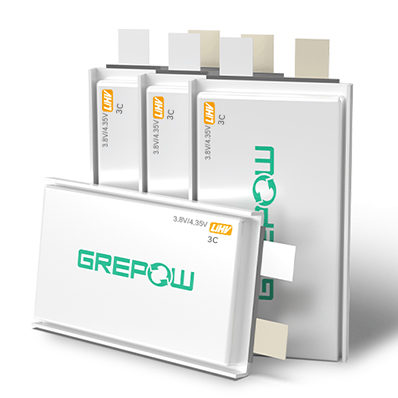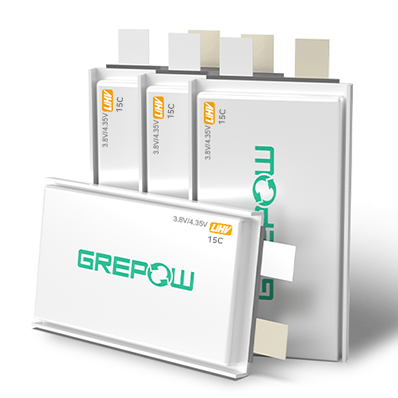
Everyone wants to increase how long devices can operate at one time, and pilots of drones are no exception with their desire to increase their flight time. If drone batteries cannot meet the demands of the very drones they power, then batteries themselves can inhibit the development of the drone industry.
For example, the flight time for a standard 22.2V or 44.4V battery in an aerial survey drone will be around 30-50 minutes. However, this flight time can increase and provide better efficiency to the device with our high-voltage batteries.

Even after 300 cycles, the batteries can still provide 80% of its original capacity:
Due to the higher capacity of the 4.4V batty, the same current cycle can be used to reduce the actual discharge rate of the battery and extend the battery life. At the same number of cycles, you can see how the 4.4V battery has a higher percentage of its original capacity remaining compared to the 4.2V battery.

The graph above reflects the difference in capacity between three fully-charged batteries at 4.2V, 4.35V, and 4.4V.

Based on real-life applications, the batteries can still meet the service life of 3 years, operate under high and low temperatures, and meet different rate requirements of the power industry.








We use cookies (and other similar technologies) to collect data to improve your shopping experience. By using our website, you're agreeing to the collection of data as described in our Privacy Policy.



